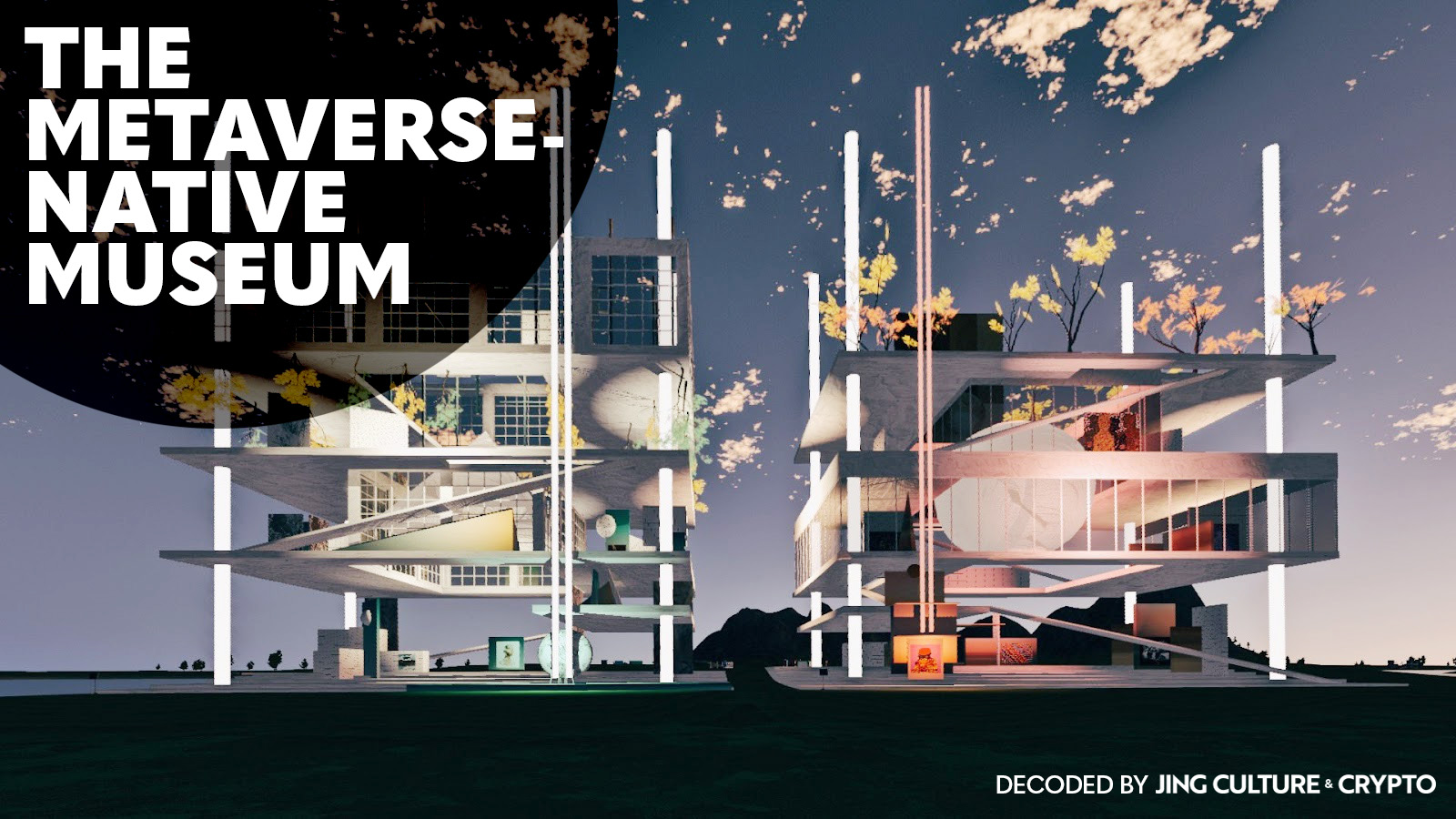At first glance, museums, conventionally regarded as physical institutions established in centralized locations, might not be the most natural fit for the metaverse, where decentralization is a key guiding principle. But, in between a pandemic and the rise of the NFT, metaverse-native museums have come to the fore.
While the likes of the Museum of Crypto Art have long anchored the space, other projects such as the African Museum of the Metaverse and 6529 Museum of Art have emerged, just as organizations from the Serpentine Galleries to Toledo Museum of Art have platformed metaverse-native content. But beyond exhibitions or presentations, the metaverse offers opportunities to rethink traditional museum models and practices, if not institutional architecture, to center the museum back on the art experience and community.
What is a metaverse-native museum?
In short, these are spaces that have been built in and for the metaverse, not just transplanted from the physical to the virtual. A metaverse-native museum contains content that has been designed or adjusted specifically for the usage, interaction, and existence within the metaverse.
How do traditional museums differ from metaverse-native museums?
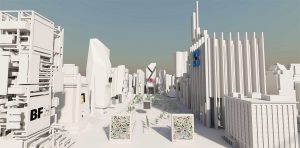
The 6529 Museum of Art houses and displays a collection (boasting, among other NFTs, CryptoPunk #6529) focused on generative art. Image: 6529.io
Apart from the apparent difference in where these museums are built (metaverse vs brick-and-mortar), traditional museums have a much more weighted history, limited flexibility when it comes to the mediums and artists they display, and different funding models than metaverse museums. Historically, museums were founded to make publicly accessible large collections — in a sense, they were designed to acquire collections, not create them. Traditional museums are also limited by their resources as much as by their physical spaces, which means they’re only able to display small percentages of their collection.
Metaverse museums like Musée Dezentral, VOMA, and the Museum of Crypto Art in Somnium Space were born of the blockchain. As opposed to traditional museums, these spaces are aimed at creating and hosting a rotating collection of work, not permanently acquiring art, though some metaverse-native museums do. These spaces operate more like platforms for art display, letting those interested potentially purchase the work from the artist or via an NFT platform, in turn operating more like a traditional gallery or auction house than a museum.
Their admission models also range in price and “buy-in.” Most are entirely free to view or experience; others might require visitors to buy an NFT to access the virtual space as an artist. These spaces are not usually limited in the medium or “size” of the installation, making it far easier to display a wide variety of artists and works, adapting each space to the new exhibit.
What do metaverse-native museum models look like?
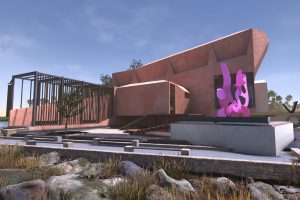
Billed as “an art museum for everybody,” VOMA hosts rotating exhibitions and events, programmed by a central body and external clients. Image: VOMA
These models range in approaches — from complete decentralization to governance by a central body. Member-run metaverse museums contain collections and donations that have been determined and approved by a community, likely made up of artists, collectors, and interested members of the public, with or without governance tokens in place. Conversely, projects like VOMA lean more institutional, being overseen and programmed by a governing body (or external partners), while Musée Dezentral allows visitors to buy or rent frames within the museum to display art of their choice.
Because museums in the metaverse remains a nascent concept — and decentralization may not entirely align with the conventional idea of a museum — practices such as curation and patronage remain up for debate as to whether they should be collectively or centrally determined.
What are some opportunities the metaverse presents traditional museum models?
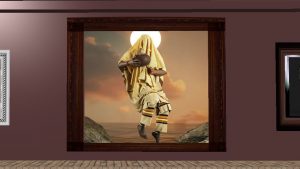
Located in Cryptovoxels and Decentraland, the African Museum of the Metaverse is the first virtual museum to center on works by and for Africans and the Black diaspora. Image: African Museum of the Metaverse
The most obvious is that there are no limitations that come with a physical location. The museum can be expanded, shrunk, and adjusted in any which way. Anyone with an internet connection can access the space, democratizing museum appreciation and access. Additionally, works across history can be shown and analyzed at deeper levels. Those works that have been historically hidden can be brought into the limelight.
The commercial possibilities within this space also abound. Users can view the art in detail, then be routed directly to the marketplace where they could purchase museum-sanctioned NFTs or even sell their own works. There are also improved collaborative and creative opportunities with brands, artists, and other museums around the world, expanding the idea of what it means to experience art.
Lastly, novel membership and governance models are democratizing, more accessible, and less limited by siloed or private funding. Platforms like Discord can be used for member meetings, which can ensure some form of anonymity but are also free to use for a single user.
What are some challenges to establishing a metaverse museum?
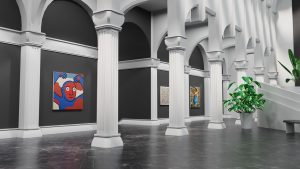
Built with a custom graphic engine and 3D technology, Musee Dezentral offers 222 frames, which users can rent to display art of their choice. Image: Musee Dezentral
The level of technological know-how to create a well-rendered, 3D environment is quite high, not to mention the cost and considerations that go into purchasing or renting land in existing worlds such as Decentraland, Cryptovoxels, or Somnium Space. Depending on the scope of the space, finding the necessary architect, developer, or team would be crucial.
Additionally, the metaverse-native museum requires a much deeper commitment to long term maintenance and community building. Setting up a Discord channel, continuing to engage on relevant social media platforms, aggressively marketing to overcome media saturation, and creating and sustaining partnerships with digital artists are all key. These require a much heavier time and resource commitment than most traditional marketing strategies for IRL exhibitions.
Deciding on a governance model and providing the necessary documentation describing the model might be the most important step in this process. This governance model will not only set the standard for the ways that visitors and members can engage with the museum, but will also provide a public north star, a clear record of accountability that anyone can see.

